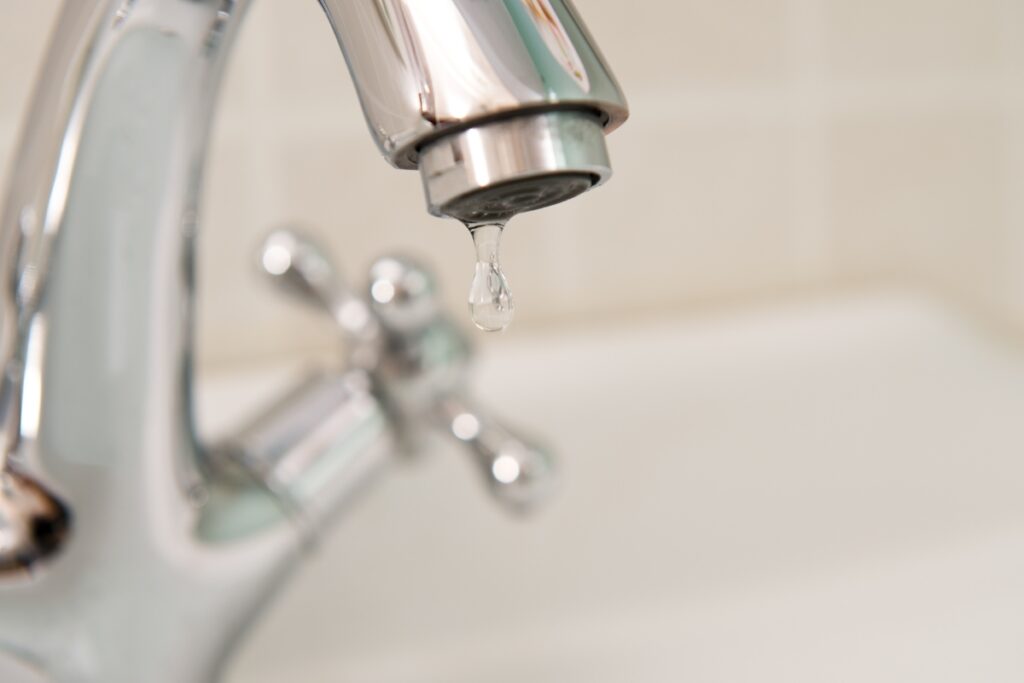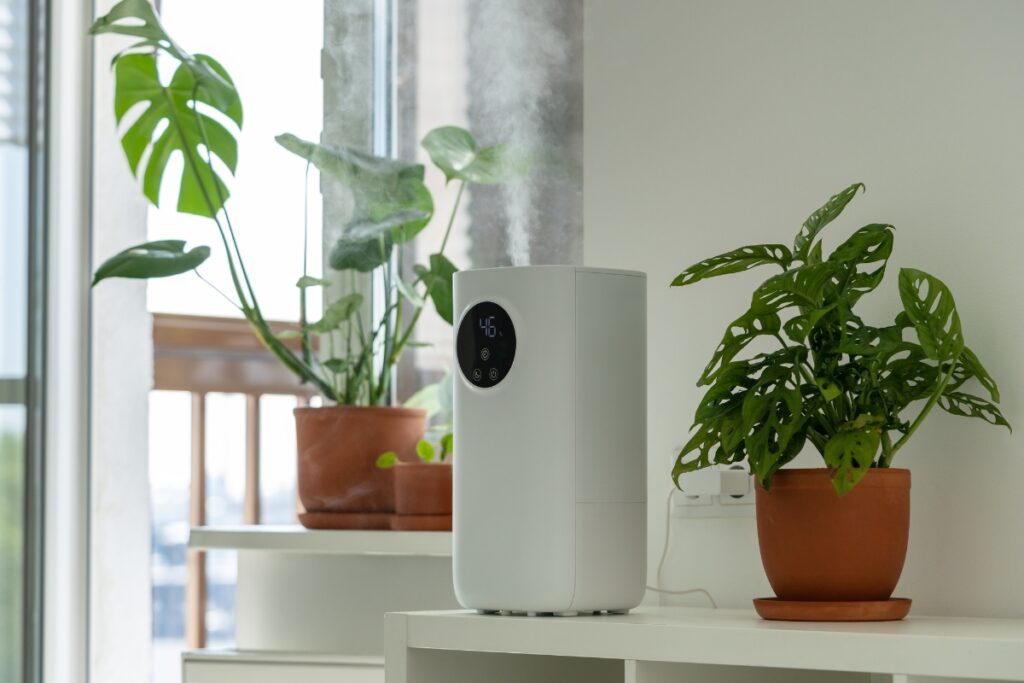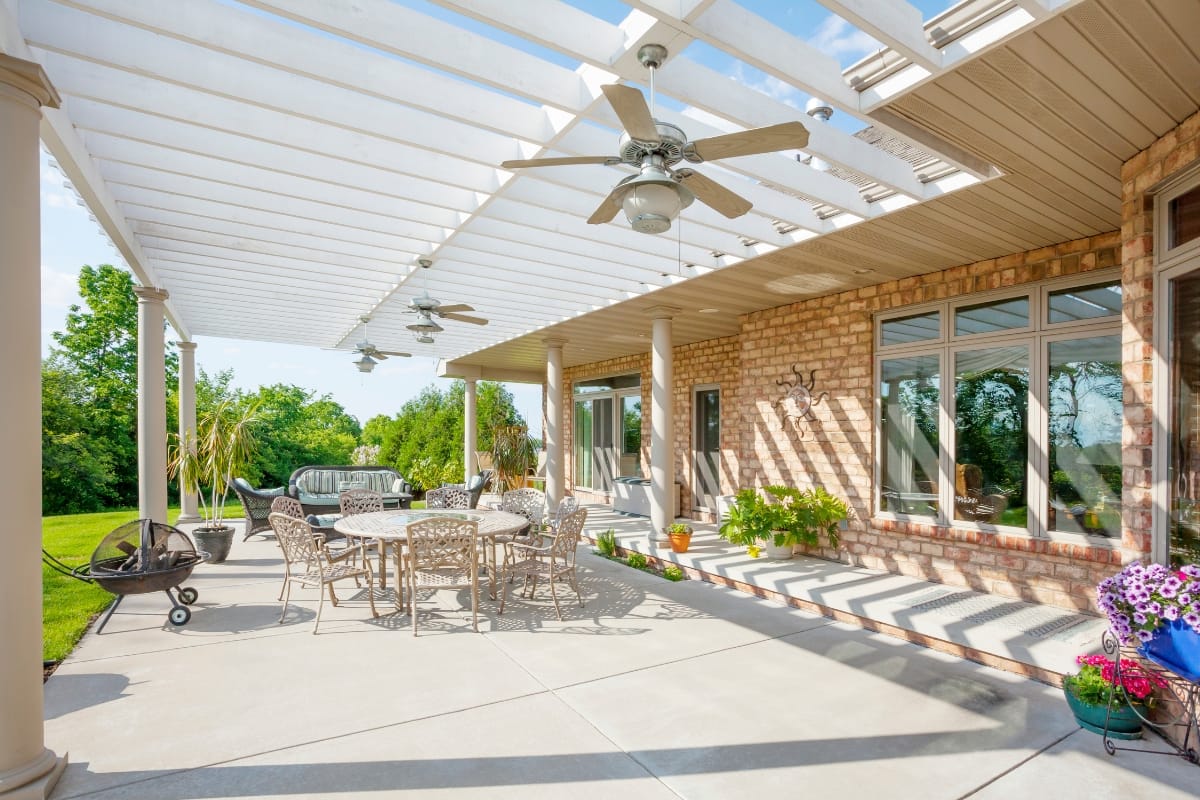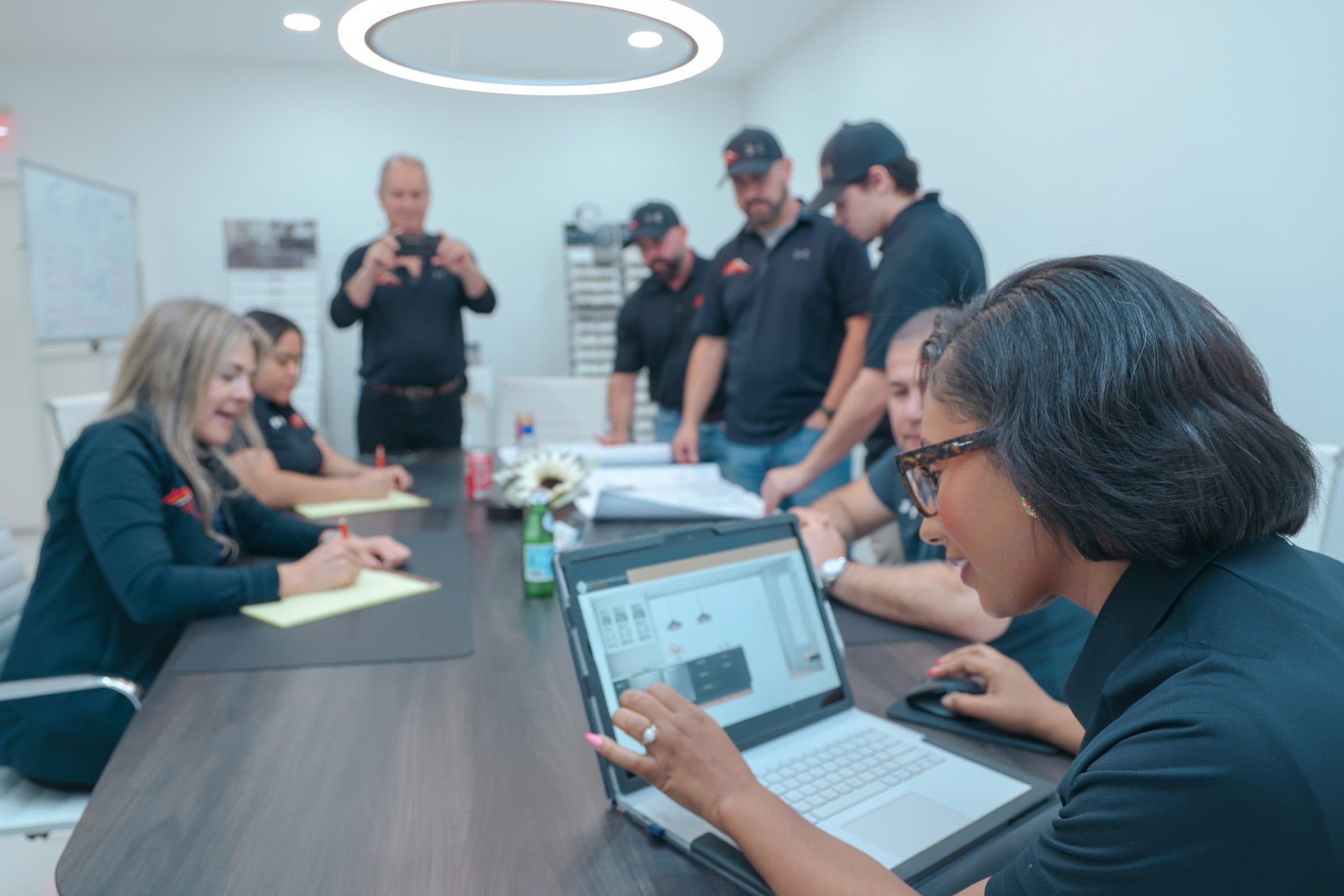In an ever-evolving world, where the effects of climate change continue to make headlines and environmental awareness is at an all-time high, it has become increasingly important to prioritize sustainable living.
Welcome to a blog post that delves into the realm of green building and explores the transformative power of sustainable remodeling techniques.
Join us on this captivating journey as we explore how green building techniques can transform your home into an eco-friendly oasis. From energy-efficient upgrades to environmentally-friendly materials, we’ll unveil the latest innovations and strategies that not only reduce your carbon footprint but also enhance the beauty and functionality of your living space.
Green Building 101: Essential Tips for Sustainable Construction
The Basics of Green Building: Understanding the Concept and Benefits

Green building is a concept that has gained significant attention in recent years. It refers to the practice of constructing or renovating buildings in an environmentally responsible and resource-efficient manner. The aim is to reduce the negative impact on the environment and promote sustainability.
The concept of green building is rooted in the idea of sustainable development. It takes into account various factors such as energy efficiency, water conservation, waste reduction, and the use of environmentally friendly materials. Green building techniques can be applied to both residential and commercial buildings, providing a healthier and more efficient living and working environment.
One thing to understand about the importance of green building is its positive impact on the environment. By adopting sustainable practices, such as using renewable energy sources, minimizing waste generation, and conserving water, green buildings contribute to reducing carbon emissions and preserving natural resources. This not only helps combat climate change but also promotes a healthier ecosystem for future generations.
Green buildings also offer numerous benefits to occupants. For instance, they provide better indoor air quality by using materials that emit fewer pollutants. This improves the overall health and well-being of residents or employees, reducing the risk of respiratory problems and allergies. Additionally, green buildings are designed to maximize natural light and ventilation, creating a more comfortable and productive living or working space.
Energy efficiency is another significant advantage of green building. By integrating energy-saving technologies such as solar panels or energy-efficient appliances, green buildings can significantly reduce energy consumption and utility costs. This not only benefits the occupants but also contributes to the overall energy grid’s stability and reduces reliance on fossil fuels.
Water conservation is a crucial aspect of green building. Techniques such as rainwater harvesting, low-flow plumbing fixtures, and efficient irrigation systems help minimize water usage. This not only reduces strain on local water sources but also lowers water bills for occupants and promotes responsible water management.

When it comes to transforming your home into an energy-efficient haven, there are numerous upgrades and modifications you can consider. Let’s explore some of the most effective techniques that can help you minimize energy consumption and maximize savings.
One of the first areas to focus on is lighting. By replacing traditional incandescent bulbs with energy-efficient LED or CFL lights, you can significantly reduce electricity usage. Additionally, installing motion sensors or timers in rooms that are frequently occupied can ensure that lights are only on when needed.
Another crucial aspect to address is heating and cooling systems. Upgrading to a programmable thermostat allows you to set specific temperature schedules, ensuring that energy is not wasted when no one is home. Additionally, proper insulation and sealing any air leaks can prevent heat loss during winter months and keep your home cool in the summer without relying heavily on air conditioning.
Appliances also play a significant role in energy consumption. Opting for Energy Star certified appliances guarantees that they meet strict efficiency standards, reducing both electricity usage and utility bills. From refrigerators to washing machines, there are numerous options available that prioritize sustainability without compromising performance.
Finally, renewable energy sources such as solar panels or geothermal systems offer long-term benefits by harnessing the power of nature. While the initial investment may seem substantial, these systems pay for themselves over time through reduced reliance on traditional energy sources and potential incentives such as tax credits or rebates.
Harnessing the Power of Renewable Energy: Solar Panels, Geothermal Systems, and More

When it comes to green building, harnessing the power of renewable energy is a key aspect. One way to achieve this is through the installation of solar panels.
Solar panels are designed to convert sunlight into electricity, providing a clean and sustainable source of power for homes and buildings. By utilizing solar energy, homeowners can reduce their reliance on non-renewable resources and lower their carbon footprint.
Another renewable energy option to consider is geothermal systems. Geothermal systems work by tapping into the earth’s natural heat, which remains constant throughout the year.
These systems use underground pipes to transfer heat to and from the earth, providing heating and cooling for homes and buildings. By harnessing this renewable energy source, homeowners can achieve significant energy savings and reduce their environmental impact.
In addition to solar panels and geothermal systems, there are other sustainable remodeling techniques that can be implemented in green building. This includes using energy-efficient appliances, such as ENERGY STAR-rated refrigerators, dishwashers, and washing machines.
These appliances are designed to consume less energy and water, helping homeowners save on utility bills and reduce their overall energy consumption.
Eco-Friendly Materials: Choosing Sustainable Options for Flooring, Walls, and Furniture
When it comes to sustainable remodeling, selecting eco-friendly materials is a crucial step towards reducing your environmental impact. Let’s explore some of the most popular choices for flooring, walls, and furniture that prioritize sustainability without compromising style or durability.
For flooring options, consider materials such as bamboo or cork. Both bamboo and cork are renewable resources that grow quickly and can be harvested without causing significant damage to their respective ecosystems. These materials offer a beautiful aesthetic while being durable enough to withstand daily wear and tear.
When it comes to walls, consider using low-VOC (volatile organic compounds) paints or natural clay plasters. Traditional paints often contain harmful chemicals that release toxins into the air over time. Opting for low-VOC alternatives ensures better indoor air quality while still allowing you to express your personal style through color choices.
Furniture made from reclaimed wood or recycled materials is an excellent choice for those looking to reduce their environmental impact. Additionally, choosing pieces that are built to last and can be easily repaired or repurposed helps minimize waste and promotes a circular economy.
Water Conservation: Smart Fixtures and Techniques for a Greener Home

Water conservation is another essential aspect of green building. By implementing smart fixtures and techniques, homeowners can significantly reduce water consumption without sacrificing comfort or functionality.
One of the most effective ways to conserve water is by installing low-flow fixtures such as faucets, showerheads, and toilets. These fixtures are designed to use less water without compromising performance. For example, a low-flow showerhead can save up to 2,700 gallons of water per year compared to traditional models.
Additionally, consider implementing rainwater harvesting systems. These systems collect rainwater from roofs or other surfaces and store it for later use in irrigation or toilet flushing. By utilizing this free resource, you can reduce reliance on municipal water supplies and contribute to overall water conservation efforts.
Simple behavioral changes can also make a significant difference in water consumption. Encouraging shorter showers, fixing leaks promptly, and only running dishwashers or washing machines with full loads are all small steps that add up over time.
Indoor Air Quality: Enhancing Health and Well-being with Proper Ventilation and Filtration

The quality of indoor air has a direct impact on our health and well-being. Green building practices prioritize proper ventilation and filtration systems to ensure that occupants breathe clean air free from pollutants.
Adequate ventilation is crucial for removing stale air while introducing fresh outdoor air into the home. This helps dilute indoor pollutants such as volatile organic compounds (VOCs) emitted by furniture or cleaning products. Mechanical ventilation systems such as heat recovery ventilators (HRVs) or energy recovery ventilators (ERVs) are highly efficient in exchanging air while minimizing energy loss.
Filtration systems, such as high-efficiency particulate air (HEPA) filters, can further improve indoor air quality by capturing fine particles and allergens. These filters are particularly beneficial for individuals with respiratory conditions or allergies.
It’s also important to be mindful of the materials used in furniture, carpets, and other household items. Opting for low-VOC or natural materials reduces the release of harmful chemicals into the air and promotes a healthier living environment.
Sustainable Landscaping: Creating a Beautiful and Eco-Friendly Outdoor Space

Green building extends beyond the walls of your home and into your outdoor living space. Sustainable landscaping practices can help create a beautiful and eco-friendly environment that complements your green home.
One of the key principles of sustainable landscaping is water conservation. By utilizing native plants that are adapted to local climate conditions, you can reduce water usage while still maintaining a vibrant landscape. Additionally, incorporating drought-tolerant plants or installing efficient irrigation systems helps minimize water waste.
Another aspect to consider is soil health. Implementing organic gardening practices such as composting or using natural fertilizers enriches the soil and promotes plant growth without relying on synthetic chemicals that can harm the environment.
Lastly, creating habitats for local wildlife by incorporating bird feeders, butterfly gardens, or pollinator-friendly plants adds an ecological element to your outdoor space. This not only benefits biodiversity but also provides an opportunity to connect with nature right in your own backyard.
Conclusion: Embrace the Power of Green Building and Transform Your Home
Green building offers a multitude of benefits for homeowners looking to transform their homes into sustainable havens. From energy-efficient upgrades to eco-friendly materials and water conservation techniques, each aspect contributes to a greener and healthier living environment.
Ready to embark on a green remodeling journey? Choose FD Remodeling Atlanta & Marietta as your trusted partner in turning eco-friendly dreams into reality with our residential and commercial remodeling services. Contact us at 404-857-5582 or send us a message schedule a consultation and discuss how we can tailor eco-friendly remodeling strategies for your home.




















